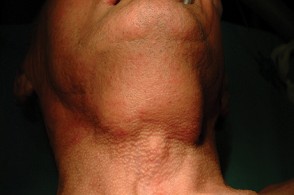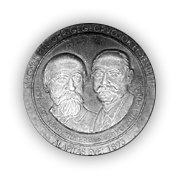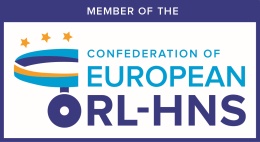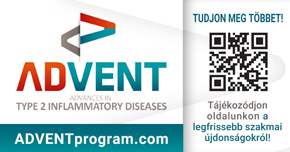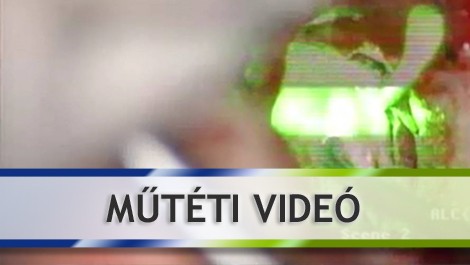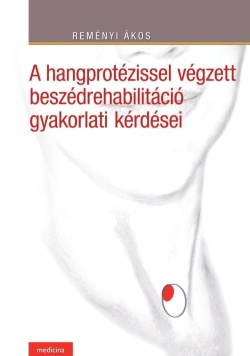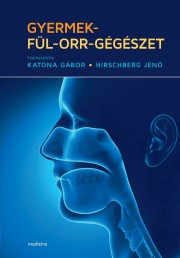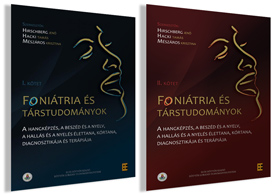Összefoglalás
A Zenker-divertikulumok sebészi kezelését nyitott (transcervicalis) és endoszkópos módszerekkel lehet végezni. A választandó technikát elsősorban a divertikulum mérete, másodsorban a beteg általános állapota és kísérőbetegségei határozzák meg. A betegség és a sebészi technikák rövid ismertetése után dolgozatunkban bemutatjuk az esetek legnagyobb részében általunk végzett endoszkópos cricopharyngealis myotomiát és a műtéttel szerzett tapasztalatainkat.
Saját, 24 esetünk retrospektív elemzése alapján megállapíthatjuk, hogy az általunk preferált módszer biztonságos; súlyos szövődmény, mortalitás nem volt. Enyhe posztoperatív panaszt két esetben tapasztaltunk, átmeneti hátfájdalom formájában (8,2%). Nazogasztrikus táplálásra átlagosan 2,5 napig volt szükség a műtét után. A kórházi hospitalizációs idő rövid, átlagosan 3,7 nap volt. A műtét költségigénye alacsony. Két sikertelen eset (8,2%) mellett további három esetben (12,3%) technikai okból nem sikerült a műtétet végrehajtani. Az összes többi beavatkozás sikeres volt (79,1%), ezen belül 5 esetben mérsékelten, 14 alkalommal jelentős mértékben csökkentek a panaszok. Recidíva miatt későbbi reoperációra 3 esetben volt szükség (12,3%, egy esetben külső feltárásos, két esetben endoszkópos reoperáció történt). Eseteinkben a Zenker-diverticulum mérete 3 kivételével nem volt nagyobb 5 cm-nél, átlagos átmérőjük 4,4 cm volt. CO2 lézer helyett 5 esetben a septum átvágását ultrahangos eszközzel végeztük, ami gyors és vérzésmentes vágást tesz lehetővé; erről ismereteink szerint a nemzetközi irodalomban még nem számoltak be. Utóbbiak között szövődményes eset nem volt, a sikerarány hasonló a lézerhez, 5 esetből 4 sikeres (80%).
Kulcsszavak
CO2 lézer, endoszkópos cricopharyngealis myotomia, TOUSS (Transoral Ultrasonic Surgery System), Zenker-divertikulum
Treatment of Zenker’s diverticulum with endoscopic cricopharyngeal myotomy – experiences based on 24 cases
Summary
Zenker’s diverticula can be treated surgically using open (transcervical) or endoscopic methods. The technique used is determined primarily by the size of the diverticulum and secondarily by the patient’s general condition and the accompanying diseases. After a brief description of the disease and the surgical techniques, we present the endoscopic cricopharyngeal myotomy performed by us in most cases and our experience with the surgery.
Based on the retrospective analysis of our own 24 cases, we can conclude that our preferred method is safe; there were no serious complications or mortality. A mild postoperative complaint was transient back pain in two cases (8.2%). Nasogastric feeding was required for an average of 2.5 days after surgery. Hospitalisation time was short, averaging 3.7 days. The cost of surgery was low. In addition to two unsuccessful cases (8.2%), another three cases (12.3%) failed for technical reasons. All the other cases were successful (79.1%), including only 5 cases with no significant reduction in symptoms (20.8%). Recurrence required subsequent reoperation in 3 cases (12.3%, one external, two endoscopic). In all but 3 cases, the size of the Zenker diverticulum was no larger than 5 cm, with an average diameter of 4.4 cm. In 5 cases, instead of a CO2 laser, the septum transection was performed using an ultrasonic device, which allows a fast and haemorrhage-free transection. To our knowledge, this has not been reported in the international literature so far. Among these, there were no complications, and the success rate was comparable to that of laser, 5/4 (80%).
Keywords
CO2 laser, endoscopic cricopharyngeal myotomy, TOUSS (Transoral Ultrasonic Surgery System), Zenker’s diverticulum
